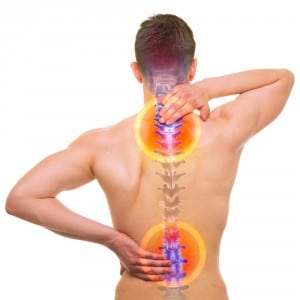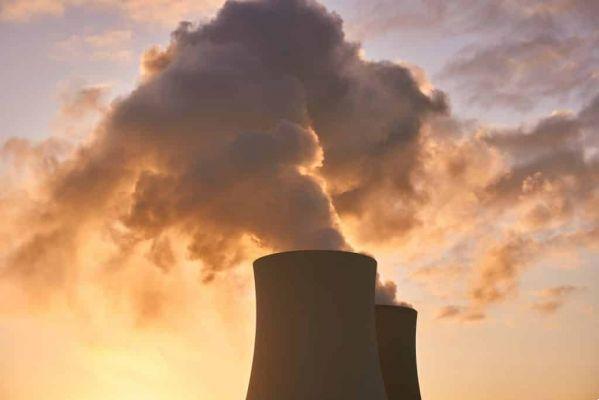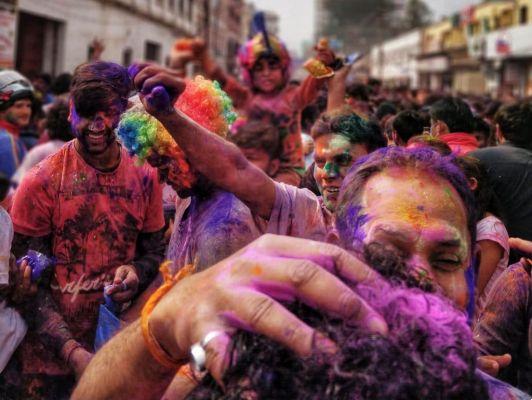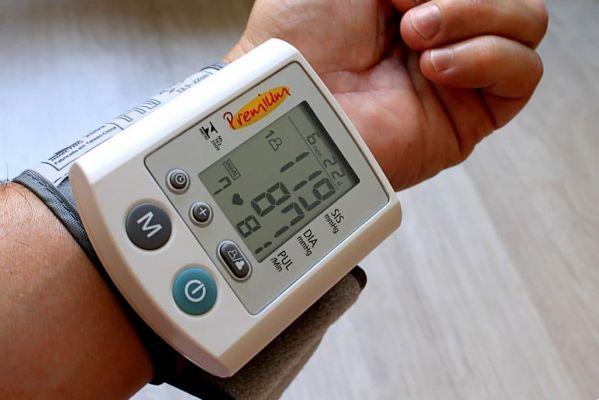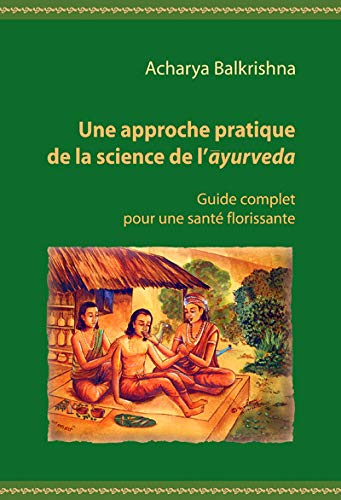
Ayur means life and Veda means knowledge or science, and Ayurveda can be translated as the science of life or the knowledge of life. ¹
Ayurvedic medicine is a type of medicine where not only the physical body, but also the mind and spirit are part of the constitution of the human being. In this way, an individual formed only by the physical body is incomplete, thus integrating a subtle part to make him complete as an integral being.
Balance within Ayurveda is considered to be the combination of several vital aspects of the human being together with the spiritual part, providing a perception of consciousness that opens up to all aspects of life.
According to Barros & De Luca ², from the moment we identify with any external image, we end up distancing ourselves from our true SELF, that is, from our real identity. It is from this moment that the disease can be manifested. Ayurveda helps us to rescue our roots on the levels: physical, emotional, mental and spiritual, and in this way achieve healing.
Within this philosophy, one can determine some key elements to achieve health:
1 – Good functioning of agni (digestive fire);
2 – Large amount of ojas (“vital energy”);
3 – Small amount of ama (toxins);
4 – Clearing the srotas (channels through which energy circulates).
Agni
Agni is the biological fire that controls our metabolism, it is responsible for our digestion, formation of our cells and body tissues as well as our immune system. Vasant Lad³ brings an even more complex thought: “Longevity depends on agni. Intelligence, understanding, perception and discernment are also functions of agni.” In this way, it can be said that as long as the digestive fire is in balance, the vital processes of the organism will work perfectly.
Ojas
Within the Vedic philosophy, ojas is understood as a subtle energy that walks between the mind and the body to feed it with vitality and enable the transformation of tissues.
Your food is composed of positive thoughts, healthy habits, good and true emotions and feelings. When we are surrounded by repetitive, exhausting situations, which, in addition to consuming our vital energy, end up decreasing our positive thoughts and transforming them into fears, anger and resentments, the replacement of ojas becomes increasingly difficult, thus allowing the appearance of imbalance.
AMA
When for some reason our agni decreases and cannot recover, our metabolism becomes deficient and we start to accumulate toxins in our body, that is, accumulating ama.
The accumulation of ama decreases the amount of ojas in our body, bringing to the individual apathy, discouragement, pathological processes mainly related to the immune system. Over time, if there is no return to balance, the pathology will worsen.
Srotas
Srotas are channels through which energy flows in our organism. They are responsible for transporting nutrients and substances in and out of our body.
When these channels are healthy, free of ama, the energy circulates freely facilitating the passage of ojas to the whole body, nourishing it. When, due to some imbalance, we accumulate toxins in these channels, there can be an obstruction of the energy that circulates through the body, thus generating the pathological process.
In total there are 13 routes covering the following systems: respiratory and digestive tract, circulatory system, tissue system and excretory system. It is important to remember that women have two additional channels regarding menstrual flow and breast milk.
The interaction between these elements is decisive for the appearance or not of the disease. Knowing the disease process, the search for balance can be identified and treated more easily.
The six stages of the disease
Para or Ayurveda 4, we can only visualize the manifestation of the pathological process in the physical body when it is already in an advanced stage, as they have already reached the first three stages of the disease, crossing the levels of consciousness. The phases are:
1 - Accumulation: it is the beginning of the imbalance where the organism begins to accumulate ama;
2 - Aggravation: when the imbalance is not contained, the toxins spread even more through the body, compromising the most subtle functions related to the human being, that is, more energetic;
3 - Dissemination: the appearance of the first nonspecific symptoms occurs, where the individual cannot identify the place of imbalance, at this stage, discomfort such as fatigue and constant discomfort may occur;
4 - Location: it is already possible to accurately determine the location of the affected area;
5 - Manifestation: if the imbalance is not controlled in the previous stage, the appearance of the pathological process itself occurs;
6 - Eruption/Rupture: it is the full manifestation of the disease.
Ayurveda proposes the re-encounter with ourselves, where by restoring our memory with positive images, thoughts and true attitudes, we approach the path of healing. By raising agni and ojas, clearing srotas and lowering ama we achieve this goal.
REFERENCES
¹ CARNEIRO, Danilo M. Ayurveda – Health and Longevity in India's Millennial Tradition. Thought Publishers, 2009.
² LUCA, Márcia & BARROS, Lúcia. Ayurveda – Culture of Good Living. Culture Publisher, 2007.
³ LAD, Dr. Vasant. Ayurveda – The Science of Self-Healing: A Practical Guide. Ground Publisher, 2007.
4 MARINO, Maria I. & DAMBRY, Walkyria AG Ayurveda – The Way to Health. Publisher Gaia, 2009.



